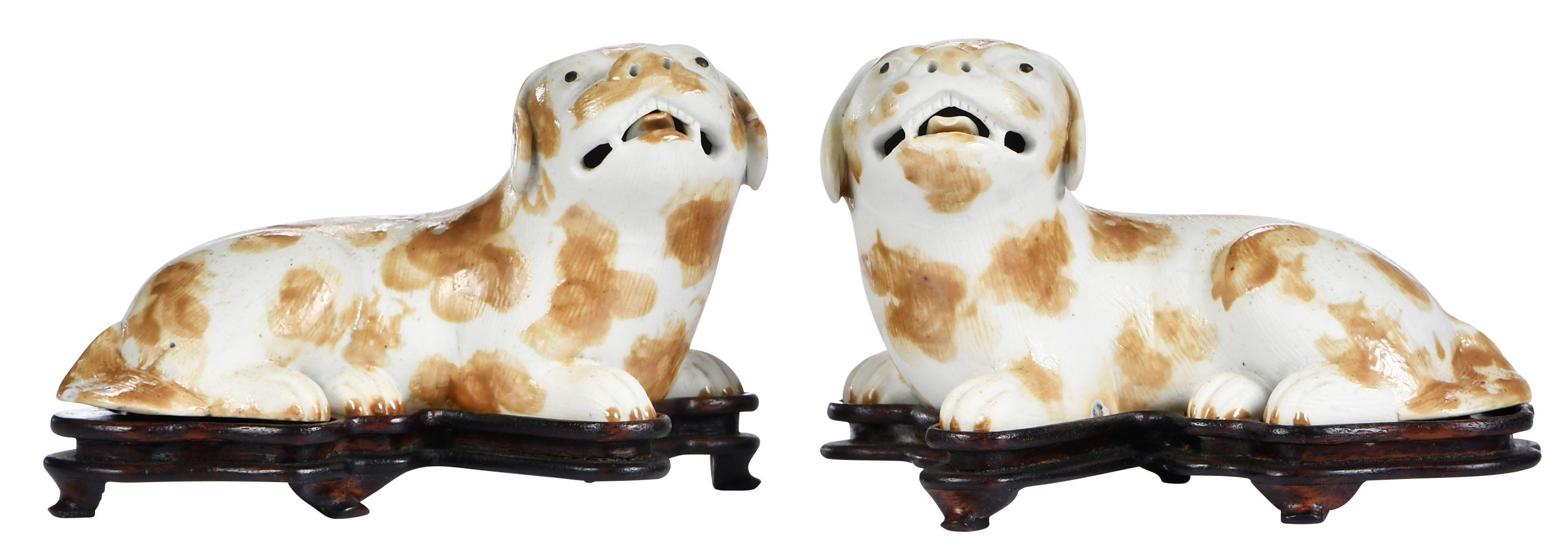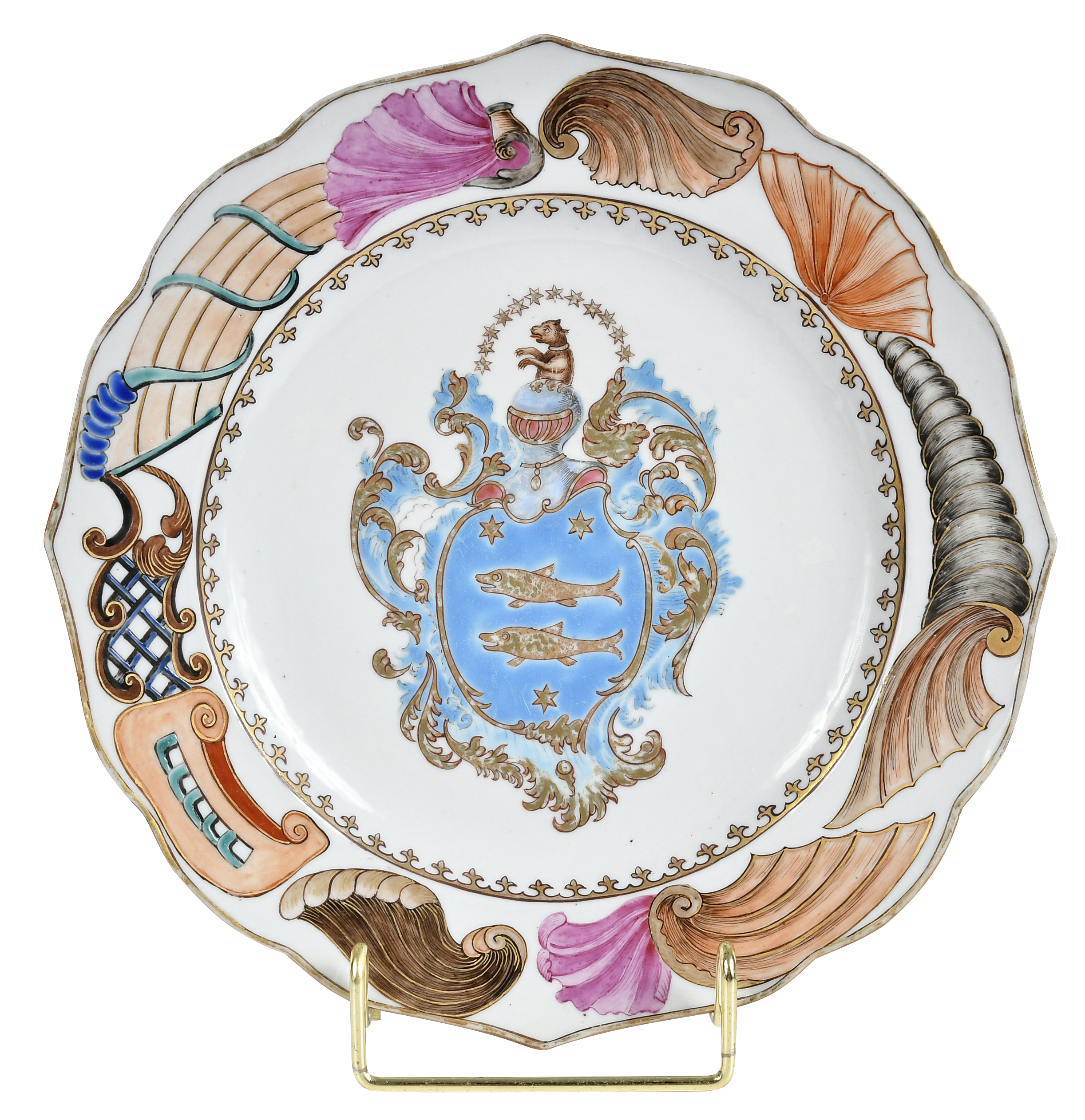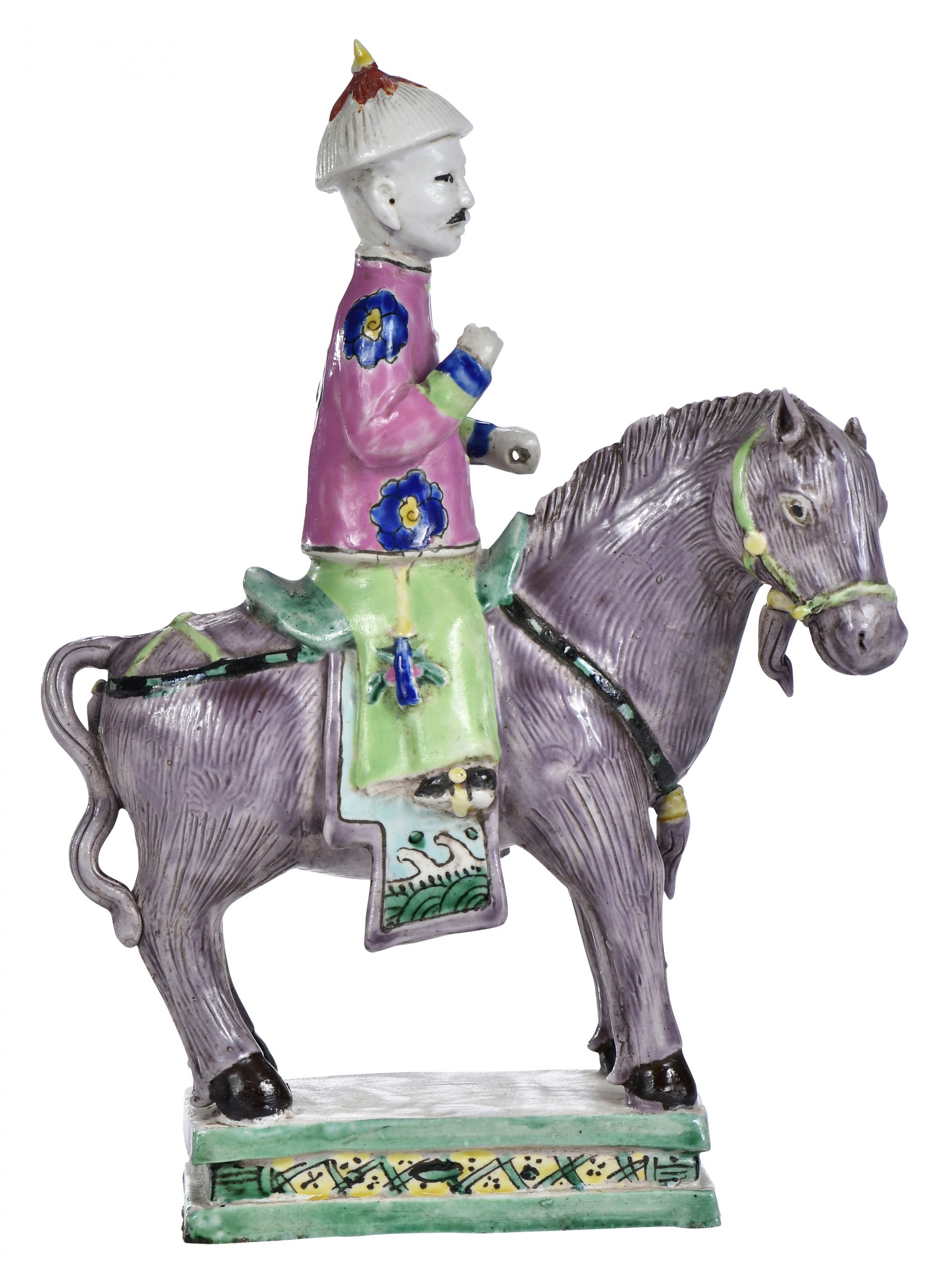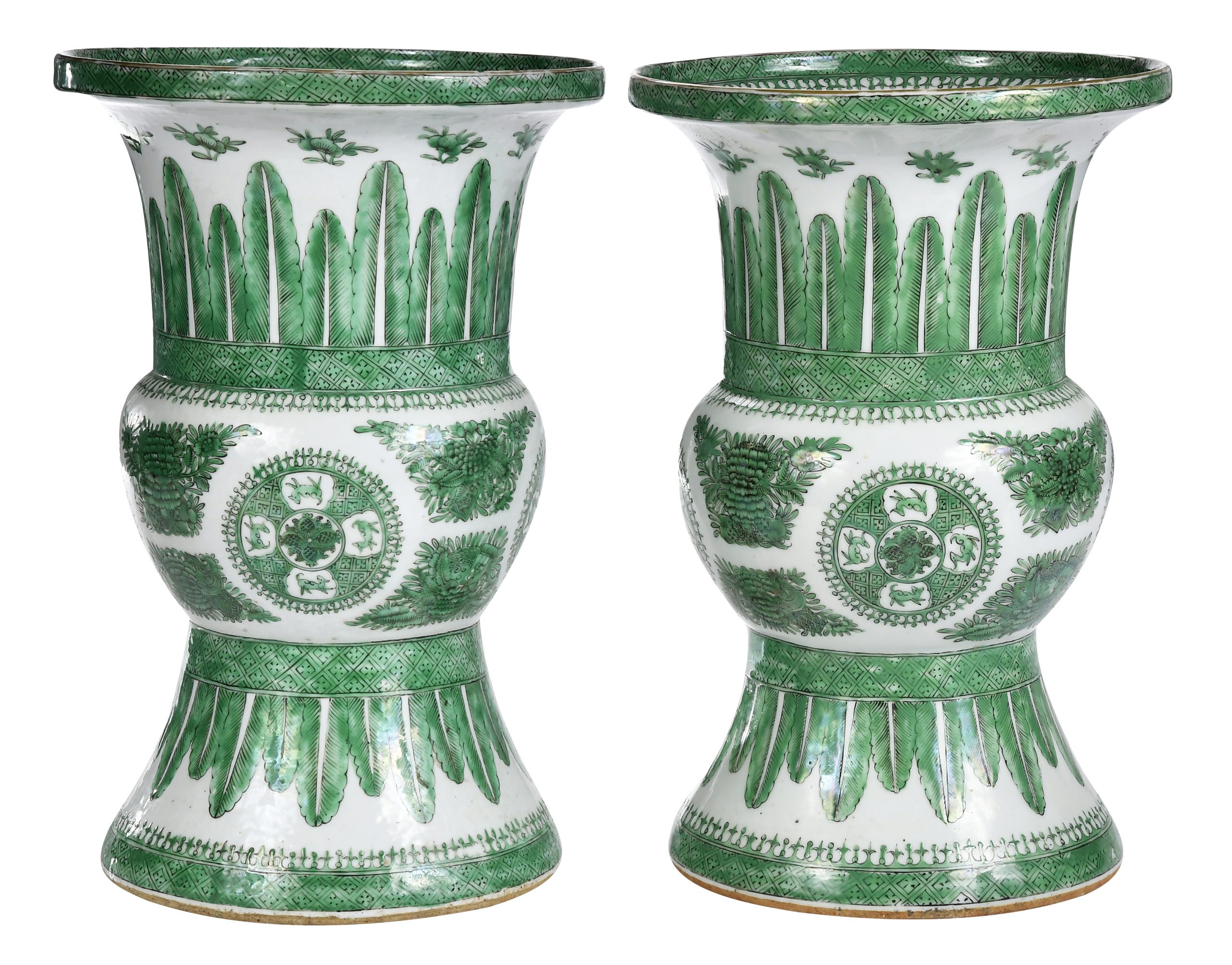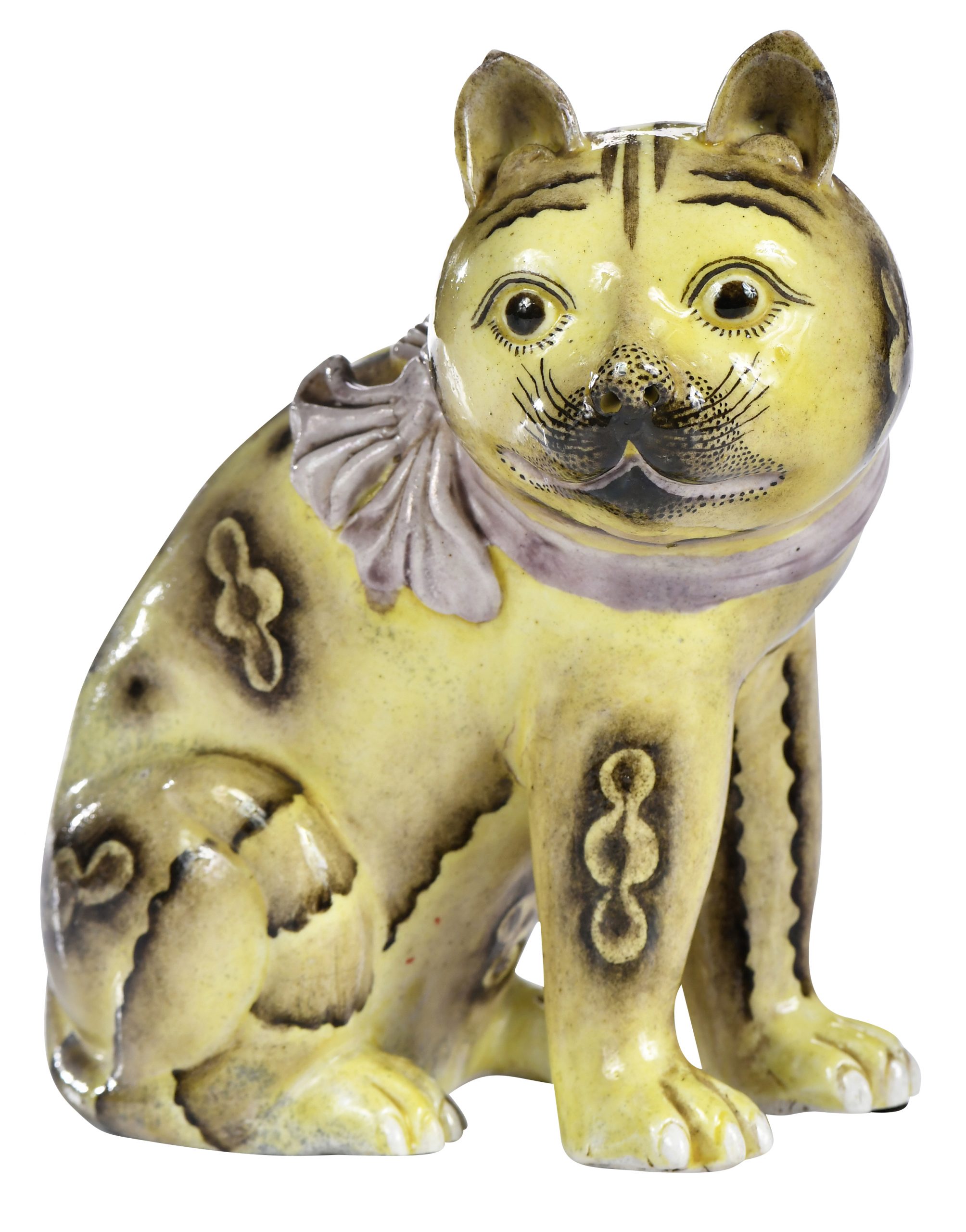Premier Spotlight: From the Collection of an Expert
It takes time, effort, and some variable degree of luck for a person to find their life’s passion. John Suval had the good fortune to be more or less born into it. The Suval family antiques business dates back to the turn of the 20th century, when in 1896 John’s grandfather Philip emigrated from Central Europe to New York City. There, on 57th Street between Park and Madison, he opened up a shop. A frame and cabinetmaker by trade, Philip had a strong foundation from which to leap into a world he had a deep appreciation for– that of antiques. What started as a means by which to beautify his shop soon became a full-blown pivot to the business of antiques dealing, and Philip Suval, Inc. was founded. Philip possessed a wide body of knowledge when it came to fine antiquities, but he had a special love of porcelain, one which was passed down to his son and successor, Ira, and to his grandson, John, from whose private collection Brunk Auctions is proud to offer over 70 pieces of Chinese export.
Ira is credited by his son with popularizing Chinese export porcelain as a collectible art form in the States, and had a love of the art all his own, but did not want his son to follow in his footsteps. “My parents wanted me to work in a proper profession,” John says, “but in my mind, working in the antiques business was a profession! I had worked at the firm every summer, and absolutely loved it.” And so, after graduating from Amherst and a brief spell enrolled at Columbia Law, he closed the books for good and took up the torch lit by his grandfather, delving into the antique world with gusto. Over the course of his career, John would come to serve as president of both the Antiques Council and the Art and Antiques Dealers League of America as he enshrined himself as one of the premier dealers of fine art and antiques in the nation and an internationally recognized authority on Chinese export.
One of John’s most significant accomplishments was his role in bringing the Metropolitan Museum of Art’s first antique dealer’s show to fruition. Organized and presented by La Confédération Internationale des Négociants en Oeuvres d’Art (C.I.N.O.A.), Suval was a member of the team that would bring the exhibition, called The Grand Gallery, to life and convinced museum director Thomas Hoving to let their plans proceed. The end result in the October 1974 was an exhibition John describes as “beautiful,” the first showcase at the MET where the pieces on display weren’t part of the museum’s own massive collection, but were all actively on the market and available for purchase, in a landmark exception to the MET’s policy of not featuring pieces that were currently for sale. Over 50 dealers contributed pieces to the exhibit. “We weren’t allowed to make sales in the museum,” John says, “but we were allowed to make deals.” He looks back on The Grand Gallery with fondness, as an event that enhanced the prestige of the associations involved and advanced the ethics, education, and status of the antiques industry more broadly.
When it comes to Chinese export itself, John has no shortage of stories from his career. From discovering a pink variety of Fitzhugh porcelain while working under his father, previously unknown to western collectors, to the occasional piece he buys today for his own personal collection, John is still as passionate about and in-love with Chinese trade porcelain as ever. Retirement has not diminished his exposure to the field. “Once a dealer, always a dealer,” he says. Though things in the industry have changed, and endured many ups and downs, his appreciation is undiminished. John says it’s the field’s breadth that appeals so much to him– Chinese export porcelain was a global phenomenon. Its history is a source of great joy and endless fascination, from China’s monopoly on the secret of producing true porcelain, to Meissen figuring out the technique themselves, all the way to America’s late entrance into the game in the late 18th century. Where the pieces themselves are concerned, John’s eye, while sharp and discerning, is not a restrained one. Anything rare and beautiful is a delight, the variety and all-encompassing nature of the form is part of the porcelain world’s lifelong appeal.
John admits he has a special fondness for the earliest famille rose pieces of the early 18th century, fine examples of Chinese export regardless of style or era are the real prize; the chance to experience the apex of the art form, regardless of more restrictive categories, is what kept (and still keeps) him coming back for more. We hope you find as much joy in these pieces, and Chinese export as a whole, as John and his family have over the course of their business. For all their differences, they all are undeniable beauties.
World-Class Consignments and Exceptional Results
